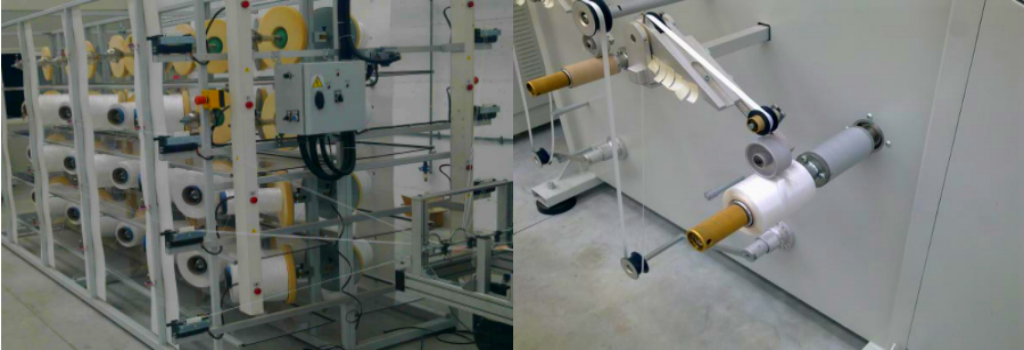Introduction
In the world of logistics and packaging, efficiency, reliability, and environmental impact are key considerations. Among the tools that address these needs is baling tape, a specialized product designed for bundling and securing goods. This article delves into the various aspects of baling tape, exploring its applications, benefits, types, and how it contributes to a more sustainable packaging process.
What is Baling Tape?
Baling tape is a robust, high-strength tape used primarily to bundle and secure products during storage and transportation. Unlike traditional adhesive tapes, baling tape is designed to handle heavier loads and withstand the rigors of shipping and handling. It is commonly used in industries such as agriculture, manufacturing, and recycling, where it plays a crucial role in organizing and securing bales of goods, from hay and straw to textiles and waste materials.

Applications of Baling Tape
1. Agricultural Sector
In agriculture, baling tape is extensively used to bundle bales of hay, straw, and other crops. The tape ensures that the bales remain tightly bound during transportation and storage, reducing the risk of contamination and spoilage. Its durability and resistance to environmental factors such as moisture and UV light make it an ideal choice for agricultural use.
2. Manufacturing and Industry
Manufacturers use baling tape to secure bundles of products, raw materials, or finished goods. In industries where products are often bundled together for shipping or storage, baling tape provides a reliable solution to keep items in place. It helps in maintaining the integrity of the bundles, preventing shifting and damage during transit.
3. Recycling and Waste Management
In recycling and waste management, baling tape is essential for bundling materials such as paper, plastic, and metal. The tape helps in compressing and securing the waste, making it easier to handle and transport to recycling facilities. Its strength ensures that the bales remain intact, reducing the likelihood of spills and leaks.

Benefits of Baling Tape
1. Strength and Durability
One of the primary advantages of baling tape is its strength. Made from materials such as polypropylene or polyester, baling tape can handle substantial loads without breaking or tearing. This strength is crucial in ensuring that the bales remain secure throughout the supply chain.
2. Cost-Effectiveness
Baling tape offers a cost-effective solution for bundling and securing goods. It is typically less expensive than other forms of strapping, such as metal or plastic strapping, making it a popular choice for industries looking to manage their packaging costs effectively.
3. Ease of Use
Baling tape is designed to be easy to use. It can be applied quickly and efficiently using simple tools or machines, which helps streamline the packaging process. The tape’s flexibility allows it to conform to various shapes and sizes, making it versatile for different applications.
4. Environmental Impact
Many baling tapes are now produced with environmental considerations in mind. Recycled materials are often used, and some tapes are biodegradable, contributing to more sustainable packaging practices. The move towards eco-friendly baling tapes reflects a growing awareness of environmental issues in the packaging industry.

Conclusion
Baling tape is a crucial component in the packaging and logistics sectors, offering strength, durability, and cost-effectiveness. Its diverse applications across agriculture, manufacturing, and recycling highlight its importance in securing and organizing goods. As industries continue to seek more sustainable solutions, the development of eco-friendly baling tapes reflects a positive shift towards environmental responsibility. Understanding the various types and benefits of baling tape can help businesses make informed choices, ensuring efficient and sustainable packaging practices.